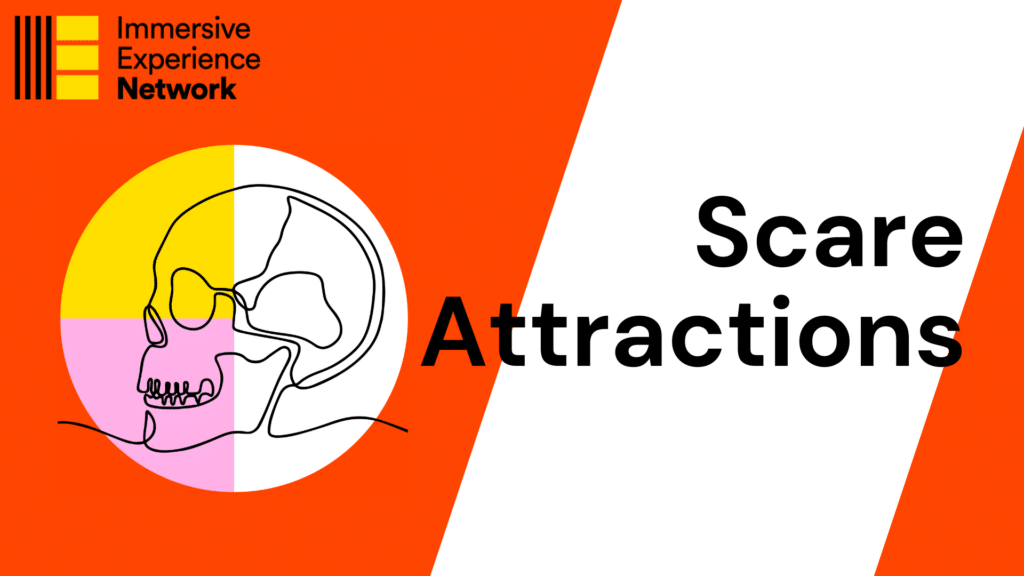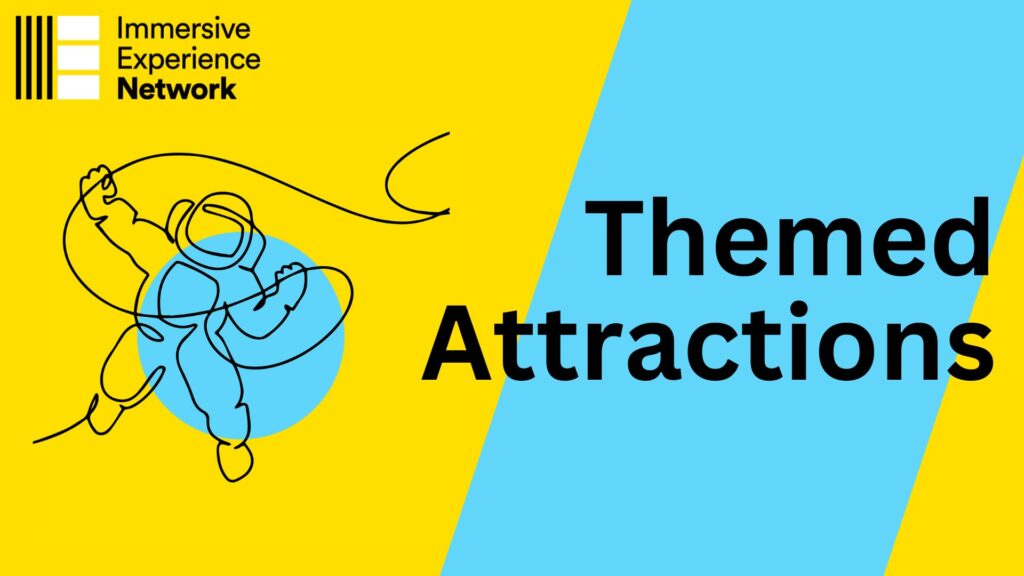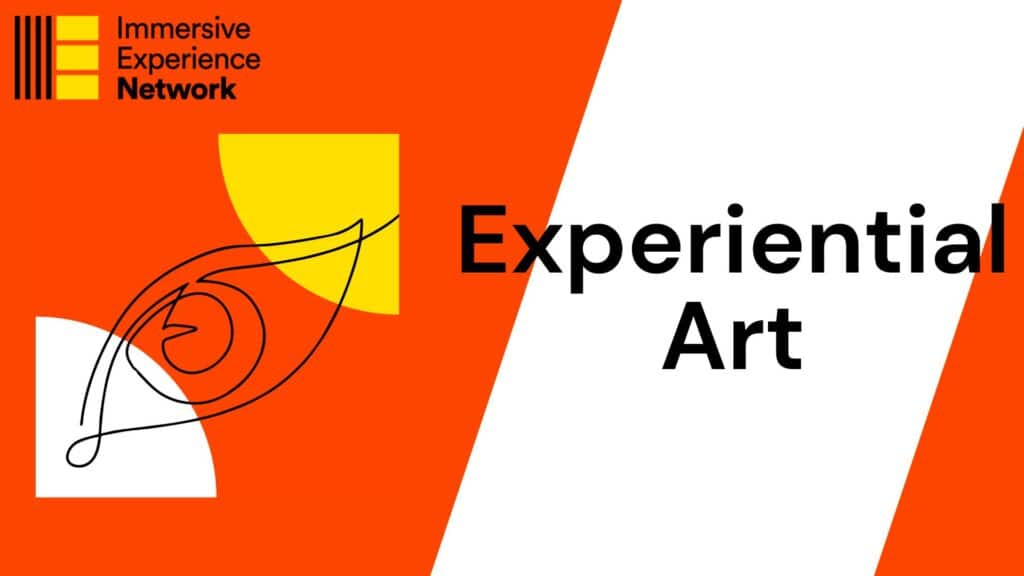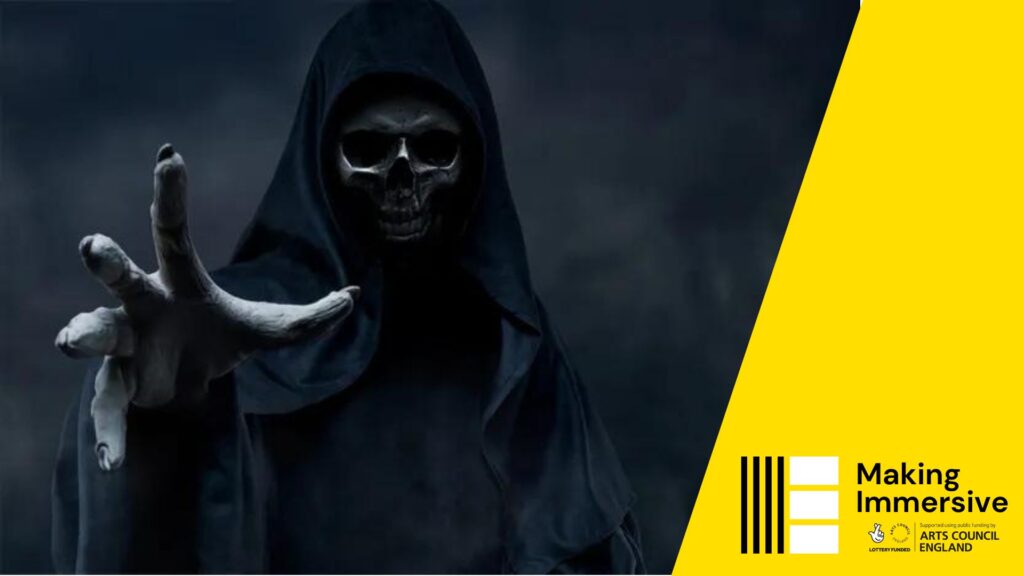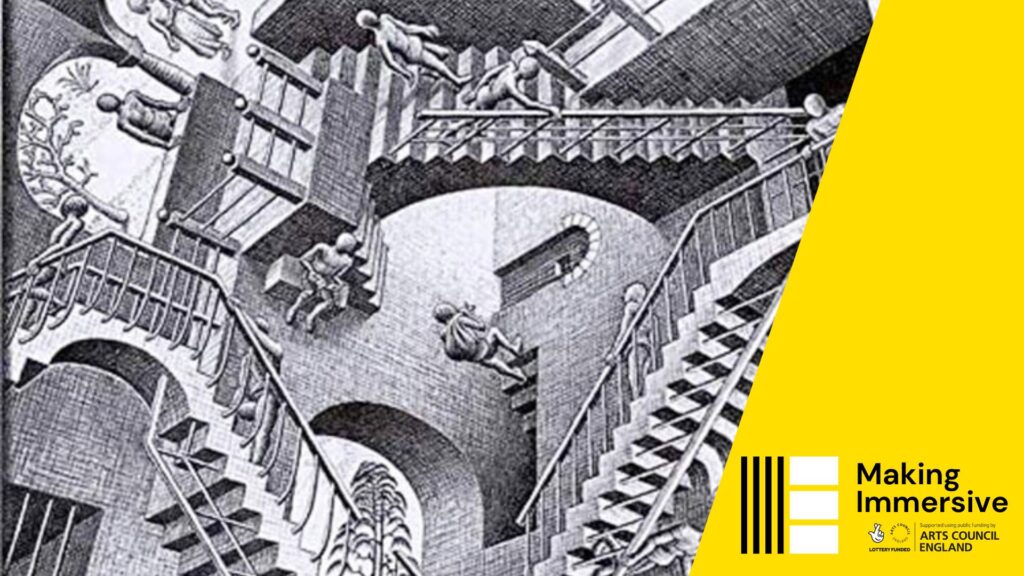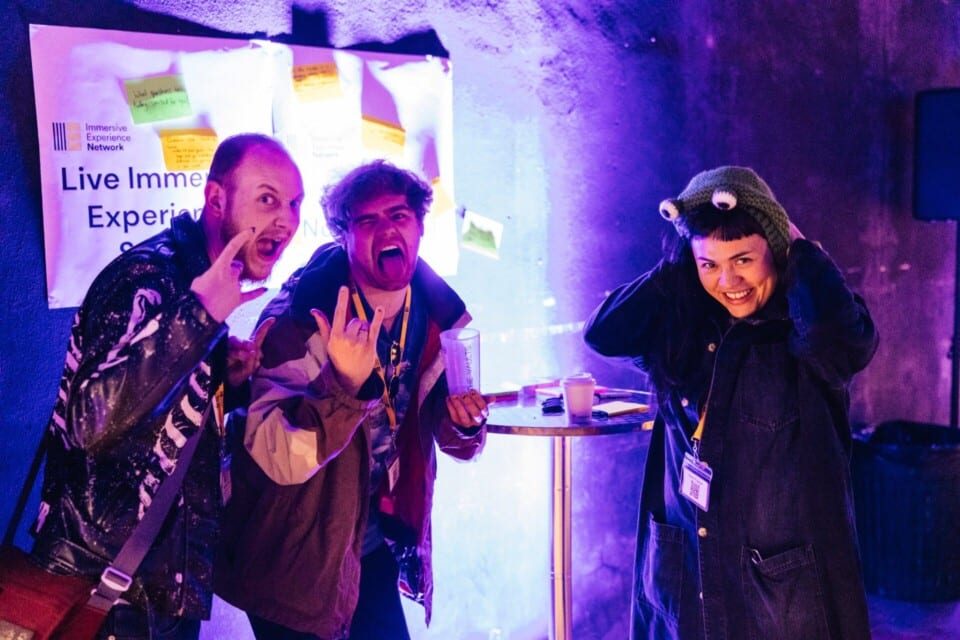What are scare attractions?
Scare attractions are in-person immersive experiences designed to thrill or terrify visitors. The genre comprises haunted houses and scream parks among other live experiences.
These attractions employ a variety of sensory effects, themed environments, and live actors to create an atmosphere of suspense and fear. Visitors must make their way through the attraction, encountering scary characters, obstacles and sometimes puzzles as they go. The goal is not just to scare, but to fully immerse visitors in a narrative that plays on their deepest fears and anxieties, all within the safety and boundaries of the attraction.
In the 2020 paper ‘Playing With Fear: A Field Study in Recreational Horror’, researchers identified the kind of immersion created by scare attractions as ‘recreational fear’, saying: “The paradox of recreational fear is that it falls outside the scope of traditional fear accounts by seemingly allowing fear and enjoyment to coexist. Indeed, the participants from the current study expected to be frightened prior to entering the attraction, and although most reported high fear levels after exiting the attraction, they reported high levels of enjoyment as well.”
Where did scare attractions come from?
Remarkably, one of the earliest known scare attractions is Madame Tussauds, established by Marie Tussaud in London in the early 19th century. The ‘Chamber of Horrors’ featured wax figures made from the death masks of guillotined revolutionaries, making it a precursor to modern scare attractions by blending historical context with elements designed to shock and awe visitors.*
The first documented haunted house attraction, meanwhile, was the Orton and Spooner Ghost House. It opened in London in 1915, and was a kind of carnival attraction powered by steam.*
In the United States, haunted attractions began to emerge more prominently in the early 20th century, alongside trick or treating, as Halloween celebrations grew in popularity. In 1969, the Haunted Mansion opened at Disneyland and became a year-round destination, inspiring the modern day scare attraction*. Now, scare attractions can be found as standalone experiences, within larger themed attractions, or hybridised with other immersive genres such as escape rooms.
What makes scare attractions immersive?
Detailed theming
Scare attractions are usually themed to their particular location, or to a film, myth or specific fear. The detailed theming transports visitors to another time or place. Every aspect, from the architecture to the props, is meticulously designed to create a cohesive and convincing environment. This attention to detail helps suspend disbelief, making the experience more engaging and terrifying.
Live actors and interactivity
Live actors play a crucial role in scare attractions, bringing the environment to life and directly interacting with visitors. These performers are skilled at improvisation and timing, delivering scares that are both unexpected and personalised. This interactivity adds a layer of unpredictability to the experience, heightening the sense of immersion. The free-form nature of scare attractions, and high-agency behaviour of scare audiences, can pose specific considerations for scare performers, including balancing the intensity of an experience with duty of care in stressful situations.
Multisensory experiences
Sound and lighting are used strategically in scare attractions to manipulate the atmosphere and direct the visitor’s attention. Creepy soundscapes, sudden loud noises, and carefully orchestrated lighting effects can disorient and unsettle visitors, making them more vulnerable to scares. These elements work together to create a sensory experience that fully engulfs the visitor in the fictional world of the attraction.
Psychological techniques
Scare attractions often employ psychological techniques to enhance the fear factor. By tapping into common phobias, these attractions create a deeply personal sense of dread. The anticipation of being scared can sometimes be just as powerful as the scare itself, playing on the visitor’s imagination and heightening the overall experience.
How are scare attractions similar to, or different from, other immersive experiences?
Scare attractions share some similarities with escape rooms in that they usually have a defined objective, which is to make it out of the experience while facing obstacles. Unlike escape rooms, however, they are not based on puzzles and problem-solving ability, even if these elements form a small part of the experience.
The themed design of a physical environment is similar to themed attractions, LARPs, and immersive and interactive theatre. They are otherwise unlike LARPs, in that audiences don’t need to adopt a character to take part; and they are unlike themed attractions or immersive and interactive theatre in that their specific mission is always to inspire fear.
Examples of scare attractions
The London Dungeon is a popular scare attraction that offers a theatrical experience, combining the dark history of London with live actors, special effects, and rides. It features various sections that depict historical events like the Great Fire of London, Sweeney Todd, and Jack the Ripper.
The Walsall Scare Maze is an award-winning immersive horror attraction located in Walsall, offering visitors a thrilling experience with its creatively designed mazes filled with scares. It changes its theme regularly, but is always designed to create immersion and inspire fear, employing live actors and special effects.
Bristol’s FEAR Scream Park features a variety of horror-themed attractions including haunted houses and scare mazes. It employs live actors and special effects throughout two zones and five multisensory experiences.
Useful Links
- ScareCon – Scare Attraction Convention
- HSAA – Halloween & Scare Attractions Association

